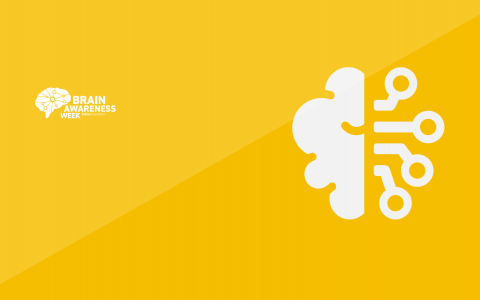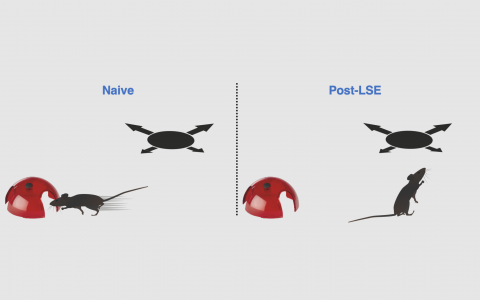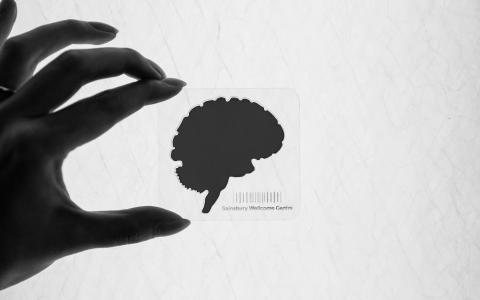
Flexible minds: how do we decide what to do next?
An interview with Professor Loren Frank, UCSF, conducted by April Cashin-Garbutt
What enables the brain to imagine possibilities, weigh up options, and decide what to do next? In a recent SWC Seminar, Professor Loren Frank shared his research into the neural basis of cognitive flexibility – the brain’s amazing ability to adapt thoughts and behaviours in response to changing environments.
In this Q&A, Professor Frank explains how his lab has developed naturalistic tasks in rats to reveal how the hippocampus represents not only where an animal is, but also where it could have been or might go next. He also explores the potential implications for understanding imagination and psychiatric conditions such as schizophrenia.
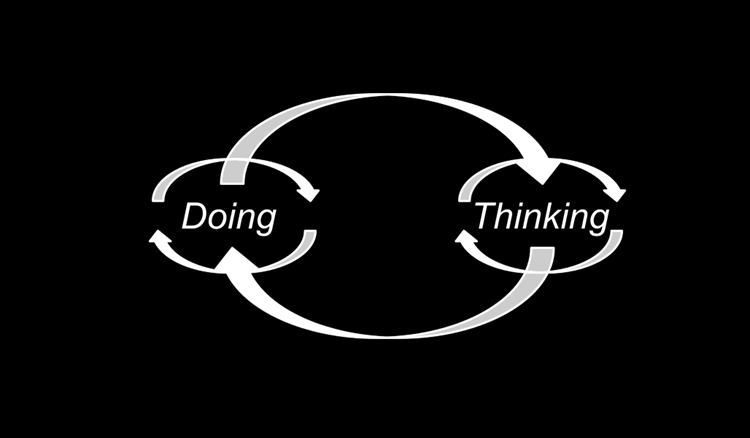
What first inspired you to study cognitive flexibility in the brain?
I've always been fascinated by memory — partly because I feel like it defines us as human beings. I also have a very long-standing interest in cognition, or what you might call thinking. That led me to wonder: how can we get close to understanding what thinking is?
To do that, we have to define when thinking is being used and when it’s not. That’s an oversimplification, of course, because there are many kinds of thinking. But what became clear over time is that the brain networks we study — those involved in learning and remembering — are crucial at some times and irrelevant at others. That raised the question: how does the brain engage these networks when needed and disengage them when not?
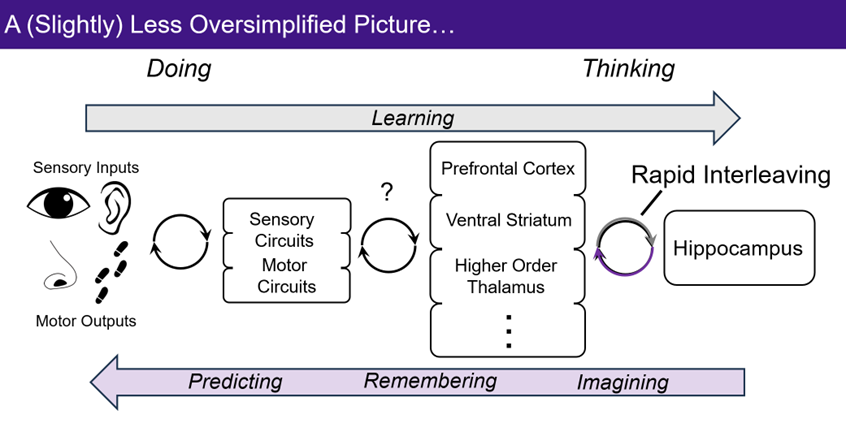
How important is cognitive flexibility for behaviour in humans and other animals?
It’s extraordinarily important. Our ability to walk down a familiar street while thinking about something else, or to breathe automatically but take control of our breath when we want to, shows how flexible our brains are. In a system where everything is connected, understanding how the brain organises itself differently at different times is key.
How much is known about the way the brain decides what to do next in terms of thinking or doing?
Not a lot, definitively. We know that evolutionarily older circuits, like those in the hypothalamus, can directly drive specific behaviour. But there is also this extraordinary cortical architecture on top, which seems to help modulate when those circuits are turned on or off.
While simpler organisms can clearly be flexible in some ways, the level of flexibility animals have really seems to depend on this interaction between these low-level circuits and higher order systems. We have some idea of the pathways and interactions between them, but we don’t fully understand how it works.
You study these processes in rats. Can we say that rats think?
I think they do, depending on how we define thinking. If we define it as the active representation of things not currently present — like hypotheticals or past experiences — then yes, rats think. We have good evidence that the rat brain can represent those things, and that those representations guide behaviour. That’s as close to thought as we’re likely to get in rats.
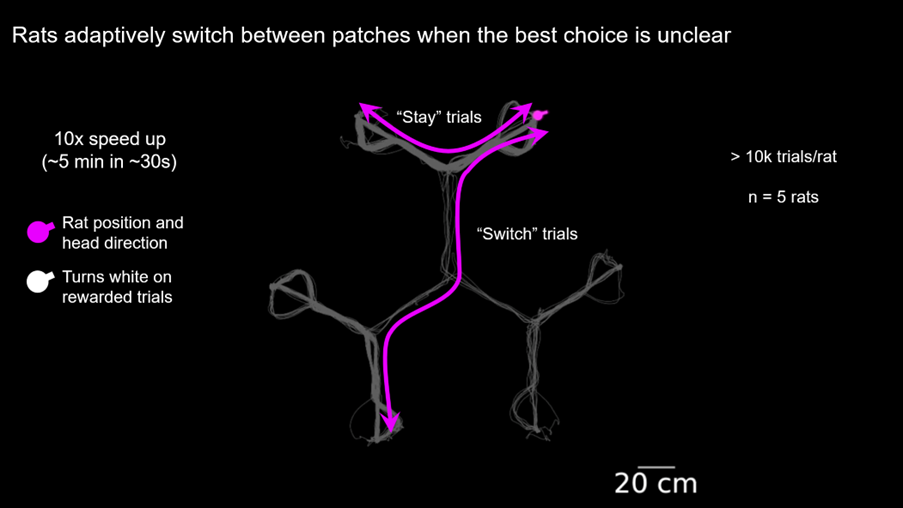
Can you describe the cognitive task your lab developed for rats to study how their brains enable flexible behaviour?
We designed a task that takes advantage of animals’ natural foraging behaviour. We wanted to avoid tasks that require a lot of training as wanted to look at how their brains work in a situation that they’re evolutionarily well-suited for. Our goal was to give rats an environment where they had lots of opportunities to make choices and use their past experiences to decide what to do next.
Essentially, we gave rats different places where they could forage for food and different experiences in those places. This setup allowed us to study how they continually learn and make decisions in a naturalistic way.
What have been your key observations?
We focused on when the hippocampus represents places other than where the animal is — what we call non-local representations. We found that the brain can regulate how much it represents these unchosen alternatives.
Surprisingly, we also found that the unchosen alternative was not just expressed in terms of a place that was in front of the animal, but it was also expressed in terms of a place that was physically behind the animal. This suggests the animal can think about what might have been. It looks like the animals can combine these thoughts about possibilities across trials to make a decision.
We also found that sometimes the brain seemed to jump a long way across the environment, particularly when an animal was in a place that it hadn’t been in for a while. This was also a surprise as it suggests the brain can tune how far away it jumps and what parts of the world it mentally samples.
How important are the timings of the representations that you found?
We know that these representations are typically very well-organised in time and are aligned with a rhythm in the hippocampus called theta, which cycles about eight times per second. Early phases of theta tend to represent places behind the animal, while later phases represent places in front of the animal and those can be hypotheticals, e.g. places the animal could go, but doesn’t.
What we found in this study is that we could see hypotheticals both on the early and late phases. Hypotheticals behind were mostly early, and hypotheticals ahead were mostly late. The key point is that they happen at very specific times. This timing might help the brain distinguish between real and imagined experiences.
What happened when you disrupted the timings?
In the second part of this study, we developed a manipulation that could break this organisation, so that things could happen at any time in theta, but without breaking the normal place specificity of the cells. Essentially, we preserved the place representations code but got rid of the fine timescale code.
When we did this, rats struggled to learn parts of the task that required linking past and future experiences. This suggests that there is something about this fine timescale organisation and having the right pattern happen at the right time, which is really critical for the system to build new memories and to learn to use those memories effectively.
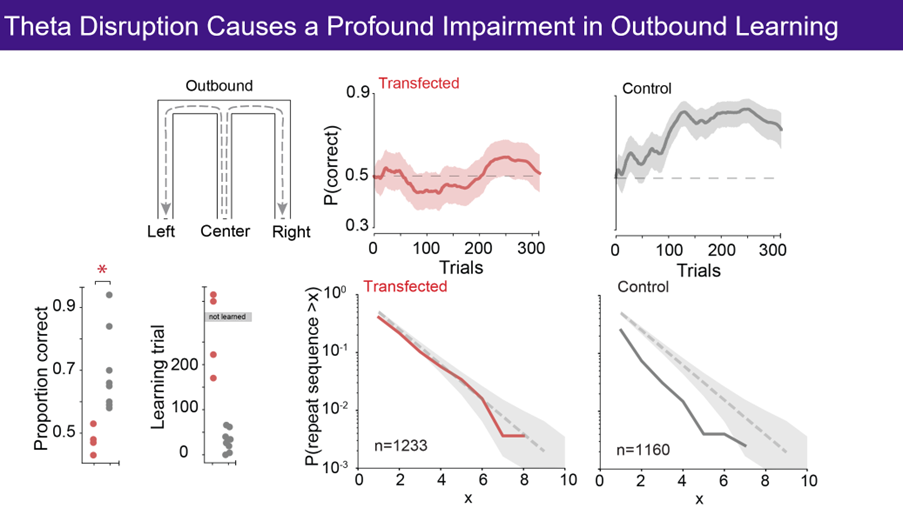
What are the main implications of this research?
Firstly, we’re starting to understand that mental representations of possibilities can be carefully controlled, and that the brain does control them by engaging or disengaging. This means we can now look for the areas of the brain do that.
This has implications for understanding conditions like schizophrenia, where people can have hallucinations as the brain can’t distinguish internally generated thoughts from external reality. The idea that the brain has knobs for how much it imagines things or hallucinates, suggests that there are control mechanisms that we might be able to uncover that could help us understand how the brain generates delusions.
Secondly, our findings highlight the importance of fine timescale neural activity in cognition. This could reshape how we model brain function and understand disorders that affect memory and decision-making.
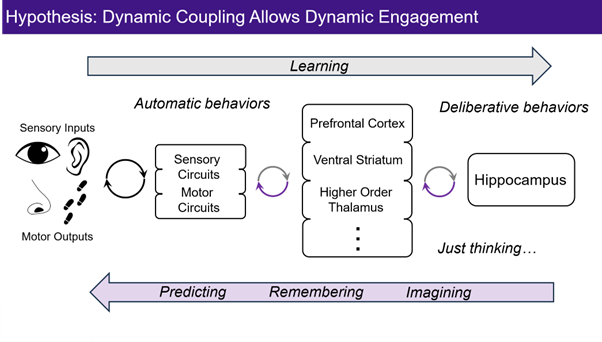
How does your research relate to imagination in children and adults?
When children play, their brains imagine things and are full of possibilities. Scientists are similar in some ways as we have to think creatively about all the possible ways of doing an experiment and decide on a way that we think will work. This is an incredibly hard process as you have to assemble things in new ways and come up with new options. All of these things are really hard to do, and they depend critically on a brain that can go well beyond the present to construct possibilities.
I think a lot of the most interesting things that children and adults do are related to this ability to imagine coherent futures and act based on those mental simulations to make choices that hopefully get us closer to our goal.
What is the next piece of the puzzle you hope to solve?
One of the things that has been most challenging for the memory field is understanding how memories and imaginations might drive behaviour separate from other processes. Traditionally, memory retrieval and behaviour have been studied together, however, we all know that we can retrieve memories without acting on them!
We want to be able to pull apart the memory process from the driving of behaviour. This has been really hard to do in most paradigms. But we have just published a paper where we showed that we can train rats to “mentally teleport” themselves to distant places and switch between them. This is the first step in this research.
Now that we’ve done that, the next step is to understand how this internal representation of a remote place can lead to the animal being able to evaluate whether it is a good place to go. This will allow us to look at how thoughts turn into actions in a way that we couldn’t before, as we currently don’t understand how a hypothetical becomes a reality.
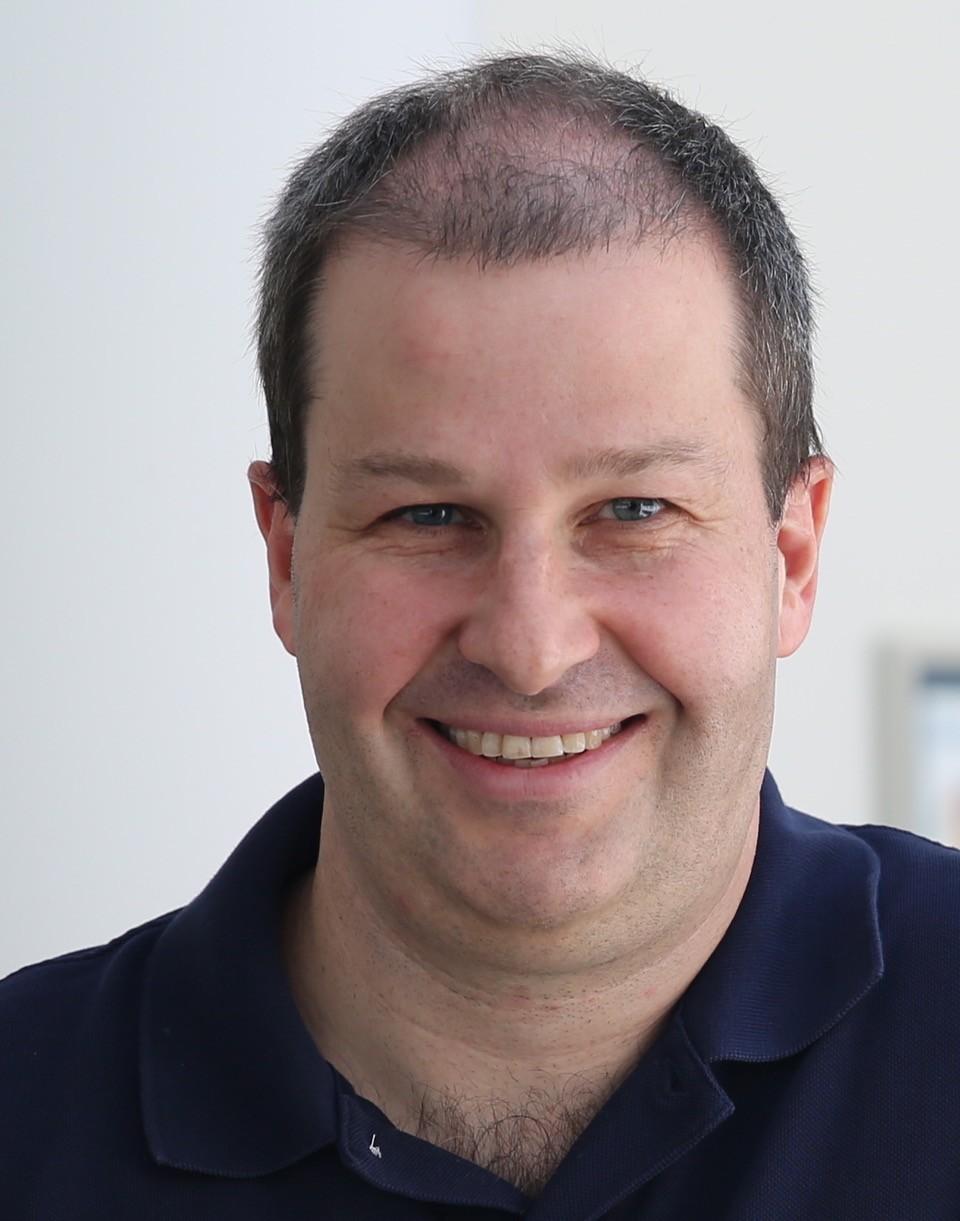
About Professor Loren Frank
Loren Frank is Howard Hughes Medical Institute Investigator and a Professor in the Department of Physiology at the University of California, San Francisco (UCSF). He received his B.A. in Psychology and Cognitive studies from Carleton College, his Ph.D. in Systems Neuroscience and Computation from M.I.T. and did post-doctoral research at Massachusetts General Hospital and Harvard University. His laboratory uses a combination of techniques to study the neural bases of learning, memory and decision-making. In particular, his work focuses on the hippocampus and related structures, brain areas critical for forming and retrieving memories for the events of daily life. He also works in close collaboration with colleagues from multiple institutions to develop new technologies to understand how the brain works and how to fix it when it is not working properly. These technologies include flexible polymer electrodes that make it possible to record from large numbers of neurons for months at a time and real-time feedback systems that enable manipulations of specific patterns of brain activity. Dr. Frank has received numerous awards for his scientific discoveries and his mentoring, including fellowships from the Sloan, McKnight and Merck Foundations as well as the Society for Neuroscience Young Investigator Award, the University of Indiana Gill Young Investigator Award, the UCSF Faculty Mentoring Award, and the College Mentors for Kids Inspire Award.
